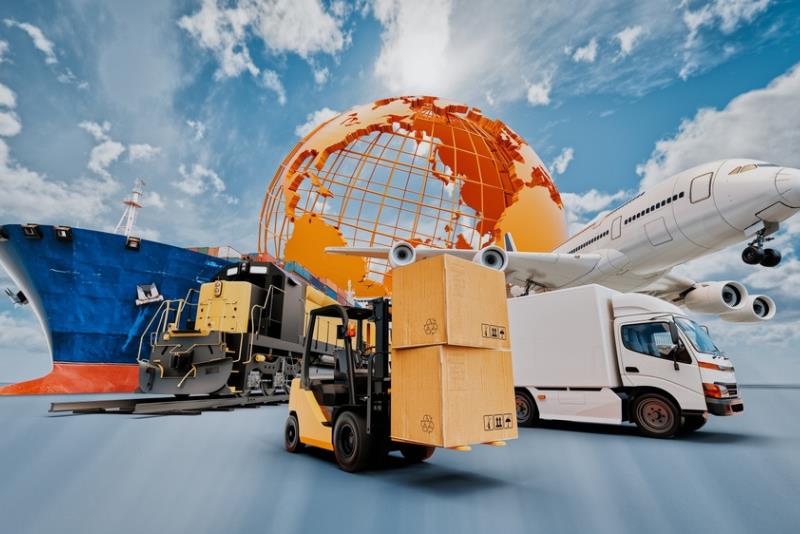Transporting commercial goods across state lines can feel like navigating a labyrinth filled with rules, regulations, and potential pitfalls. Whether you’re a small business owner looking to expand your market reach or a logistics manager tasked with overseeing a national distribution operation, the journey involves more than just loading a truck and hitting the road.
From understanding interstate commerce laws to managing the logistics of varied state regulations, the process requires careful planning and attention to detail. This guide aims to illuminate the path ahead, offering essential insights and practical tips to ensure that your goods arrive at their destination safely and efficiently.
Along the way, we’ll explore the challenges you might encounter and how to tackle them head-on, ensuring your business remains compliant and your cargo stays secure. Buckle up; it’s going to be an informative ride!
Planning Your Move

Planning your moveisn’tt just about packing up boxesit’sts a strategic endeavor that demands careful consideration and foresight. Begin by evaluating your inventory—what needs to go, what can stay, and what should be discarded or donated.
Create a detailed timeline, as deadlines and schedules can often be the difference between a smooth transition and a logistical nightmare. Don’t forget to research regulations for transport across state lines; each state has its own rules, especially regarding commercial goods.
Engage with a reputable moving company that specializes in cross-state commerce, as their expertise can offer invaluable insights and support. And while you’re at it, think about your employees—communication is key! Make sure they’re informed and prepared for the changes ahead, as their cooperation and adaptability will significantly ease the moving process.
Legal Considerations

When navigating the intricate landscape of transporting commercial goods across state lines, understanding the legal considerations is paramount. Each state has its own set of regulations governing the movement of goods, which may include permits, specific labeling requirements, and restrictions on certain types of cargo. Additionally, interstate commerce laws, including the Interstate Commerce Act, impose compliance standards that businesses must adhere to, ensuring that shipments are safe and properly documented.
Furthermore, liability issues can arise, necessitating a clear understanding of insurance coverage and the legal responsibilities of both shippers and carriers. Engaging with legal counsel to clarify these regulations can be invaluable; after all, a single misstep could lead to costly fines or delays.
Thus, thorough research and adherence to the rules are not mere formalities—they are essential for a smooth and successful transport operation.
Selecting a Transportation Method

Selecting the right transportation method for moving commercial goods across state lines is a pivotal decision that can significantly influence the safety, cost, and efficiency of your operation. Transport options range widely—from freight trucks and rail to air and maritime shipping.
Each mode has unique advantages: trucks offer flexibility in delivery routes and schedules, while rail can be more economical for bulk goods over long distances. Additionally, consider the nature of your cargo; perishable items may necessitate refrigerated transport, while fragile products might require specialized handling.
Balancing factors such as delivery speed, cost constraints, and cargo type are essential, and don’t forget about regulatory requirements that could vary from state to state—navigating these can be as intricate as the logistics themselves. Ultimately, a well-informed choice can mitigate risks, enhance efficiency, and ensure that your goods arrive in pristine condition, ready to meet market demands.
Conclusion
In conclusion, navigating the complexities of moving commercial goods across state lines requires meticulous planning and a solid understanding of the regulations that govern interstate transportation. By prioritizing safety, compliance, and the selection of reliable carriers, businesses can ensure that their products reach their destination without incident.
It is especially important to consider specialized options such as over-dimensionall trucking companies (see this website) when dealing with oversized loads, as these experts are equipped to handle the unique challenges presented by such shipments. Ultimately, investing the time and resources into a well-structured logistics strategy not only safeguards your goods but also enhances overall operational efficiency, paving the way for successful interstate commerce.


